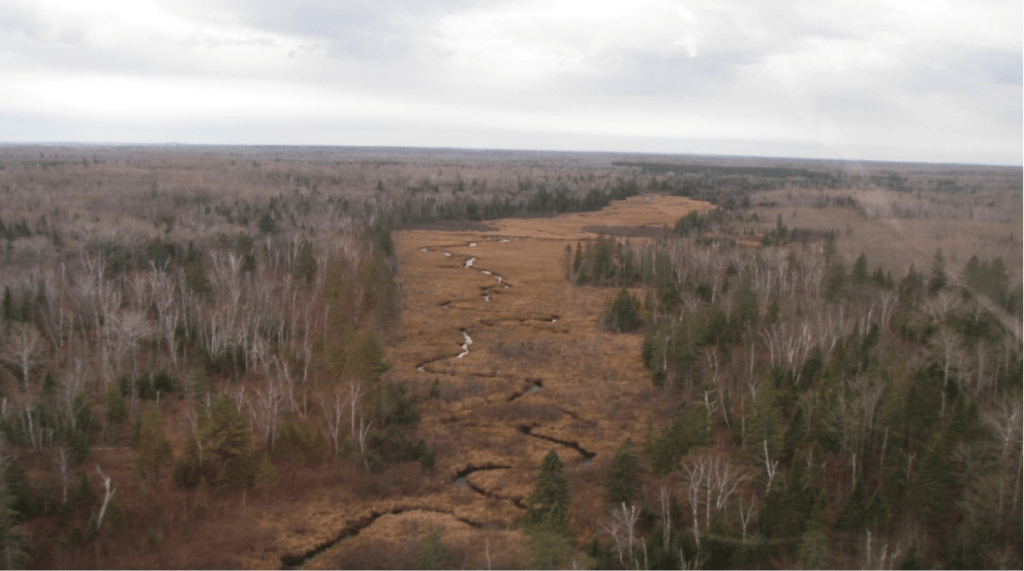
The practice of killing beavers on one of Lake Superior’s most important rivers for migratory fish is being criticized as counter-productive. While the Minnesota Department of Natural Resources leads the effort to help steelhead and brook trout survive, concerned citizens say it is having unintended consequences.
Sam Cook reports in the Duluth News Tribune that the trapping program is intended to reduce the number of beaver dams to keep water temperatures low enough for trout, and to open passage for fish heading upstream to spawn.
The DNR flies over the Knife and its tributaries each fall, mapping beaver dams, and then contracts with private trappers to remove beavers. In 2012-2013, 43 beavers and 15 dams were taken out. In 2013-2014, the most recent season for which data is available, only five beavers and six dams were removed.
While fisheries managers say beaver ponds warm up water to the point it might drive young fish out of the river prematurely. Deserae Hendrickson, DNR area fisheries supervisor at French River, told Cook that water temperatures downstream of dams can be 10 to 15 degrees warmer than above the site.
But a group called Advocates for the Knife River Watershed say the destruction of dams reduces habitat for other wildlife, from songbirds to moose.
“They provide special habitat,” North Shore resident John Green told Cook. “They’re wildlife magnets for breeding and migrating birds. All kinds of wildlife like them, and people enjoy those.” They also help slow runoff during storms, reducing erosion and other damage to the stream.
Trout anglers disagree about the benefits. They say beaver populations are higher than they were historically, as the animals were actually rare before human settlement. But logging of the old-growth pine forests has caused an increase in the aspen forests that beavers love. In a self-perpetuating cycle, the flooding caused by beavers continues to suppress the re-growth of pine.
“Unnaturally high beaver densities found today negatively impact coldwater fisheries and thwart efforts to restore riparian forests and water quality,” Minnesota Trout Unlimited states on its website.
Both the trout advocates and the Knife River advocates agree that tree-planting and other forest restoration is important.
With the Knife River representing half the total miles of steelhead habitat available in Minnesota, the stream has been an important angling resource for several decades. A new fisheries management plan is expected to be released soon.

